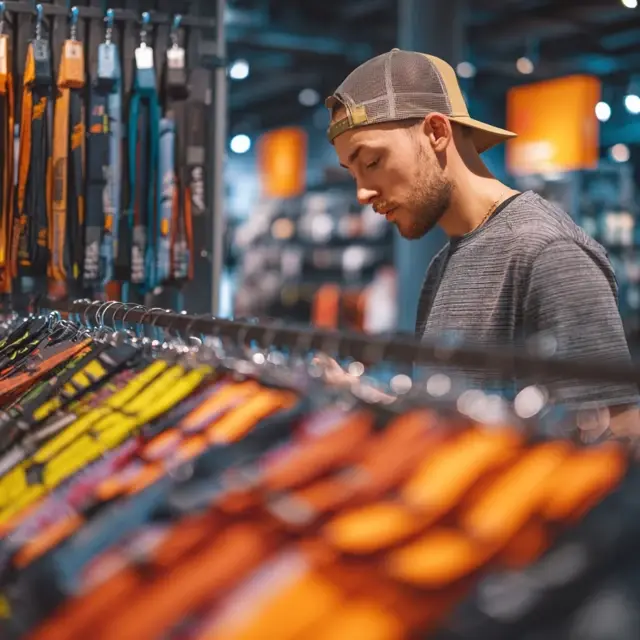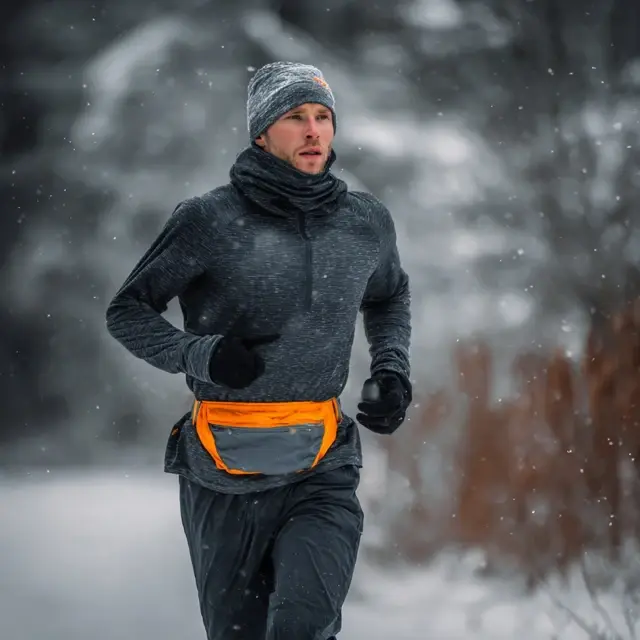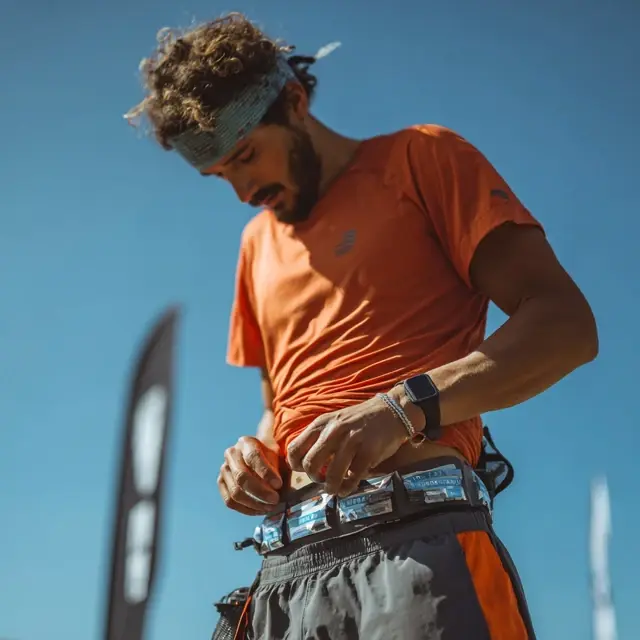Factors to Consider When Buying a Running Belt
A running belt can be one of the most valuable pieces of gear for runners of all levels. It provides storage, comfort, and convenience during workouts. However, not all belts are created equal, and buying the wrong one can lead to frustration. Understanding the most important factors helps ensure your purchase supports your training goals.
Fit and Sizing
The most crucial factor when buying a running belt is how it fits your body. A belt that’s too loose will bounce, while one that’s too tight may restrict movement. To get the right fit:
- Measure your waist or hips where you’ll wear the belt.
- Check sizing charts provided by the manufacturer.
- Look for adjustable straps or elastic materials for flexibility.
Comfort During Movement
A running belt should feel like a natural part of your gear. Prioritize designs that reduce friction and avoid irritation:
- Flat seams or seamless construction to prevent chafing.
- Soft, breathable materials that wick away sweat.
- Lightweight designs that don’t feel bulky.
Storage Capacity
Think about what you’ll carry on your runs. For short jogs, minimal storage may be fine, but longer distances often require more space. Common items include:
- Phone
- Keys
- ID or credit card
- Snacks or energy gels
- Small water bottles (if compatible)
Material and Durability
High-quality materials ensure your belt lasts through miles of training. Look for:
- Moisture-resistant or water-resistant fabrics.
- Stretch materials that hold shape over time.
- Strong zippers or closures that won’t fail mid-run.
Accessibility
It’s important to access items without slowing down. Choose belts with:
- Easy-open zippers.
- Side-loading or angled compartments.
- Touchscreen-friendly pouches for phones.
Safety Features
For runners training in low light, reflective strips or panels on a running belt are essential for visibility. Some belts also include safety whistle clips or ID tag holders for extra peace of mind.
Style and Versatility
While function is key, style matters too. Many belts come in sleek, minimalist designs that blend with your workout gear. Versatile models can also double as travel or hiking belts.
Price vs. Value
While it’s tempting to buy the cheapest option, investing in a durable and well-designed belt pays off in the long run. Consider the balance between features, durability, and cost.
Conclusion
When buying a running belt, factors like fit, comfort, storage, and safety all play a role. The right choice will stay secure, protect your essentials, and support your training journey. By weighing these considerations, you’ll find a belt that enhances every mile.
For more insights, explore our running gear comparison guides and training essentials for athletes.




